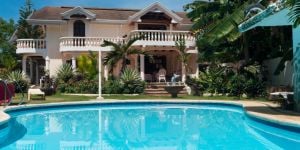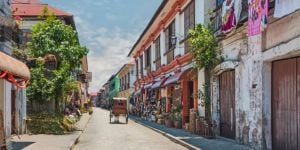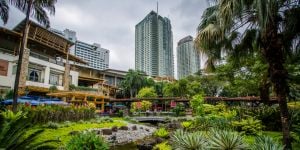House roof space
Last activity 20 October 2021 by Peter Clark
Subscribe to the topic
Post new topic
Articles to help you in your expat project in the Philippines
 Accommodation in Cagayan de Oro
Accommodation in Cagayan de OroCagayan de Oro (CDO) nicknamed the 'City of Golden Friendship' is a highly urbanized city located in ...
 Buying property in the Philippines
Buying property in the PhilippinesIf you, like many foreigners before you, have fallen in love with the Philippines, you might be considering buying ...
 Accommodation in the Philippines
Accommodation in the PhilippinesRelocating to a foreign country means finding accommodation. The Philippines hosts a range of accommodation ...
 Accommodation in Manila
Accommodation in ManilaThere are lots of renting options to choose from when relocating to Manila. Most expats in the Philippines live in ...
 Accommodation in Iloilo
Accommodation in IloiloIloilo, nicknamed the 'Heart of the Philippines', is a province stretching over 4,663 km² in the ...
 Accommodation in Davao
Accommodation in DavaoDavao is an established metropolitan area with its capital, Davao City, catching up to the main Philippine cities ...
 Accommodation in Cebu
Accommodation in CebuLocated in the Visayas region, 750 km from Manila and West of the Negros Island, Cebu is one of the major ...
 Buying property in Manila
Buying property in ManilaBuying a property is a big and exciting step, but navigating the rules and regulations in a new country can be a ...

 with vent leting out the heat at roof top and leting air in at bottom and insultion/shading made it much less hot. The Swede has AC but he need to use it very seldom.
with vent leting out the heat at roof top and leting air in at bottom and insultion/shading made it much less hot. The Swede has AC but he need to use it very seldom.


